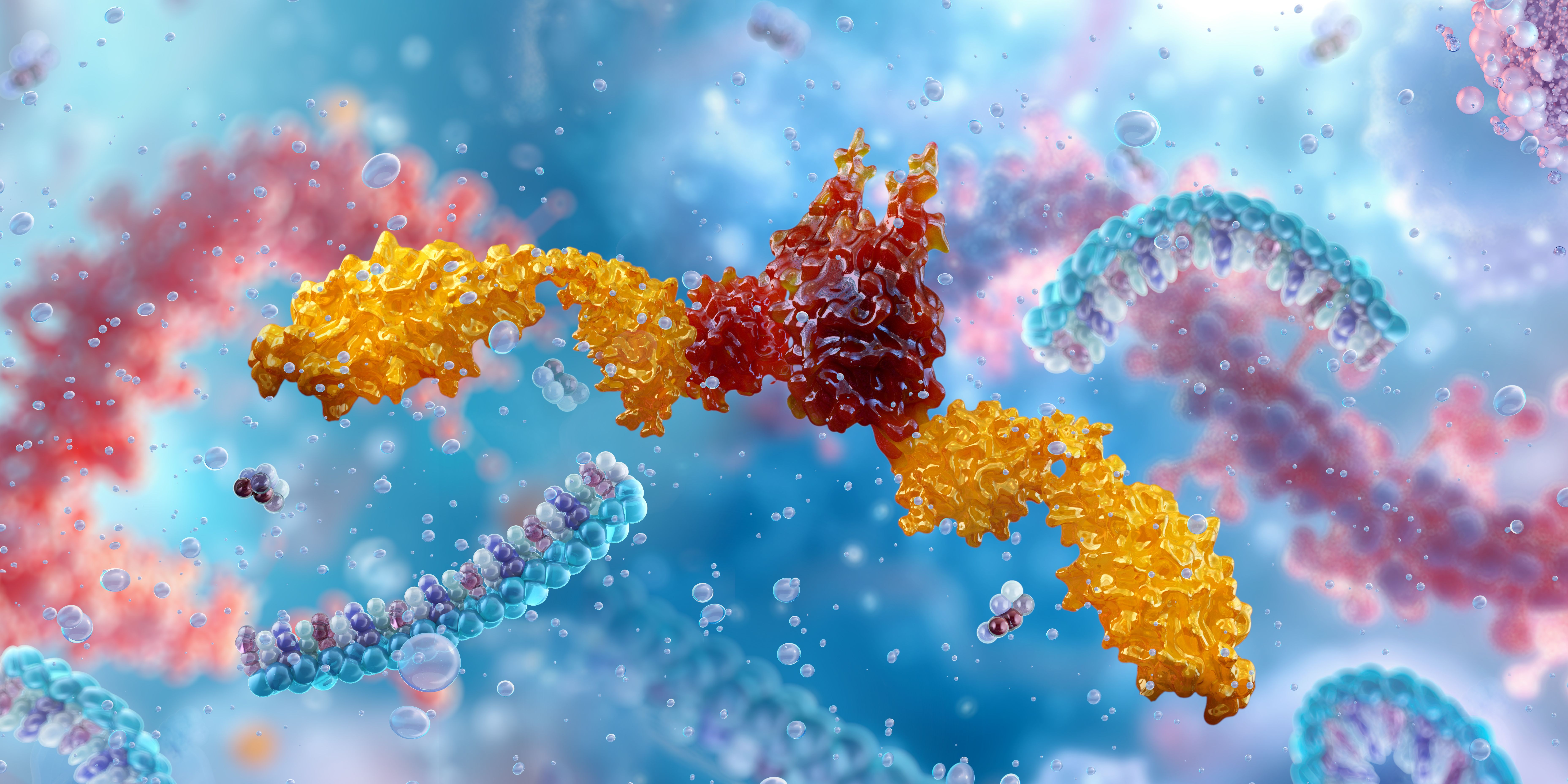Article
Biomarker Use in Colorectal Cancer
Author(s):
Despite a 20% drop in mortality since 2009, colorectal cancer accounted for 9.8% (881,000) of deaths worldwide in 2018 and represents 10.2% of all cancer cases worldwide. It is No. 3 on the list of most prevalent cancers worldwide—1.8 million new cases in 2018—behind only lung cancer and breast cancer.
Despite a 20% drop in mortality since 2009, colorectal cancer (CRC) accounted for 9.8% (881,000) of deaths worldwide in 2018 and represents 10.2% of all cancer cases worldwide. It is No. 3 on the list of most prevalent cancers worldwide—1.8 million new cases in 2018—behind only lung cancer and breast cancer.
CRC tumors are heterogeneous in both their inter- and intratumor characteristics due to chromosomal instability (CIN), microsatellite instability (MSI), aberrant DNA methylation, and DNA repair defects. These same things, however, dictate how patients respond to therapy. Therefore, using biomarkers for early detection, diagnosis, and staging make up the ideal clinical strategy that leads to disease recovery.
A group of researchers from the University of Naples Federico II, in a recent issue of the journal, Cancers, reviewed molecular biomarkers from tumor tissue and liquid biopsy currently being used in CRC, that help to decide on the appropriate therapy for patients. We discuss several of these below.
In confirmed cases of hereditary nonpolyposis CRC (also known as Lynch syndrome), mutations in the MMR gene are used to make treatment decisions. Tumors that are MSI high typically mean better outcomes and higher rates of survival compared with tumors that are MSI low or stable; however, this particular mutation also doesn’t respond as well to 5-Flurouracil (5-FU)-based chemotherapy compared with the same.
With familial adenomatous polyposis, tumors that feature the CIN phenotype and APC gene mutations are markers of a poor prognosis, but they do help to identify high-risk patients with stage II disease who could benefit from adjuvant chemotherapy.
Variants in the GREM1 and BRAF genes, meanwhile, predispose individuals to hereditary mixed polyposis, with tumors that feature BRAF and KRAS mutations along with MSI. KRAS mutations are markers of a poor prognosis, but they also help indicate patients who might not respond to anti-EGFR therapy.
Lastly, the 4 consensus molecular subtypes (CMS) of CRC identified by the CRC Subtyping Consortium—CMS1, CMS2, CMS3, and CMS4—are used to identify patients with poor progression-free survival (PFS) (CMS1 and CMS2), better PFS and overall survival (CMS4), and good response to 5-FU treatment (CMS1, CMS2, and CMS3).
“All of these mechanisms confer specific features to each tumor in terms of malignancy, aggressiveness, invasion, and response to therapy,” the study authors stated. “Consequently, the identification and standardization of cancer prognostic and predictive molecular biomarkers is becoming increasingly more relevant.”
Reference
Turano M, Delrio P, Rega D, et al. Promising colorectal cancer biomarkers for precision prevention and oncology. Cancers. 2019;11(12):1932-1951.




